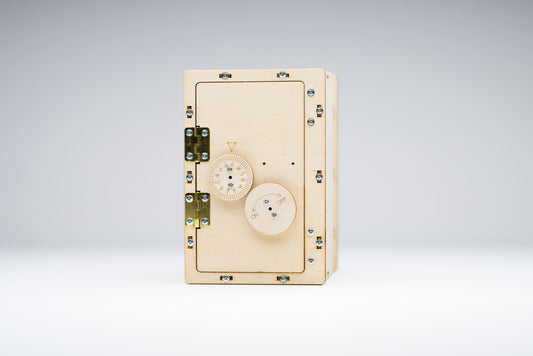Integrating play into STEM education is increasingly recognized as a vital strategy to enhance learning and development in children. Here, we explore insights from various experts, including educators, child psychologists, and scientists, on the role of play in STEM education. Their perspectives highlight the benefits and methods of weaving play into the learning experiences of children to foster engagement, understanding, and innovation.
Insights from Educators
Marie Thompson, Elementary Science Teacher: "Play allows children to experiment with their surroundings in a low-stress environment. In my classroom, we use play-based learning stations where students can build structures, experiment with magnets, or simulate weather patterns. It's fascinating to see how play leads to spontaneous learning moments that are crucial for understanding STEM concepts."
Dr. Liam Chen, STEM Curriculum Coordinator: "When students play, they often engage in problem-solving without even realizing it. For example, when they're programming a robot to navigate a maze, they're learning about algorithms and computational thinking in a very hands-on and playful way."
Insights from Child Psychologists
Dr. Angela Patterson, Child Psychologist: "Play is critical in the cognitive and social development of children. It builds resilience and flexibility, which are essential skills in STEM fields. Through play, children learn to think creatively, work collaboratively, and persist through challenges, all while engaging deeply with complex concepts."
Elena Rodriguez, Educational Psychologist: "Integrating play into STEM education helps in breaking down the intimidation barrier associated with these subjects. Toys and games designed to introduce coding or engineering principles can transform these subjects from daunting to delightful."
Integrating Play with STEM Learning
These expert insights underscore the importance of play in making STEM education more accessible and enjoyable. Here are some ways to integrate play into STEM education effectively:
- Incorporate Educational Toys and Kits: Use robotics kits, building blocks, and science experiment kits that encourage playful learning and discovery.
- Design Interactive Experiences: Create interactive experiences like science fairs, coding boot camps, or mathematics clubs that focus on learning through competition and collaboration.
- Utilize Technology: Employ educational technologies, including apps and games, that make learning playful and engaging. Virtual reality, for example, can bring complex scientific concepts to life in an immersive and interactive way.
- Foster a Classroom Environment of Exploration: Encourage a classroom environment where questioning, experimenting, and exploration are central, allowing students to learn through trial and error in a supportive setting.
By weaving play into the fabric of STEM education, we can nurture a generation of learners who view STEM not just as academic subjects but as avenues of adventure and discovery.





